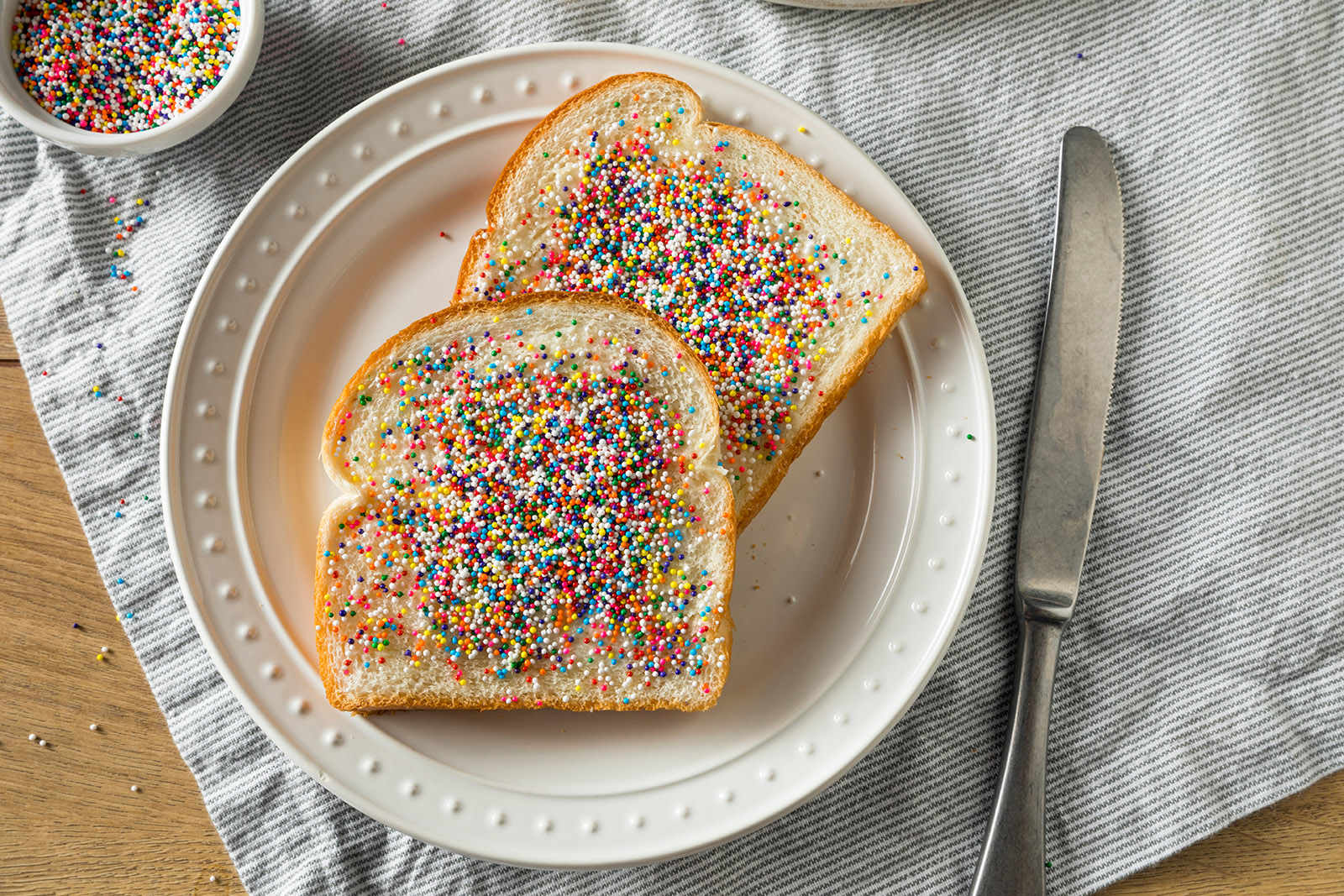
Armchair travel around the world!
Start your reading adventures with our FREE Reading Atlas.

- Around the World in 14 Books
- 7 Thrilling Book Series
- 6 Audiobooks That Are Like Theater For Your Ears



Food and drinks are some of the easiest ways — and the most fun— to vicariously experience another culture. When you add a great book to the mix, you've got the makings of a perfect evening. In Food+Fiction, we recommend a delicious read and a related recipe so you can try the taste of different destinations in your own kitchen.
This post is part of our Food+Fiction series.

Bring a little magic into your day with a snack that’s squishy, buttery, crunchy, sweet, a bit weird, and all-together irresistible.
The food in New Zealand is a reflection of its multicultural population. There are the British-influenced dishes you’d expect from the colonial past, like fish and chips, lamb chops, and meat pies — but there’s also international cuisine with an Asian influence (pad thai, chicken tikka masala, sushi), all manner of packaged candy, canned spaghetti (!), and the rainbow-hued snack called fairy bread.
But don’t just take our word for it. Here’s a dad from New Zealand to explain:
The wonder that is fairy bread is composed of three simple but essential ingredients: squishy white bread, softened butter, and the colored sprinkles known as hundreds and thousands in New Zealand and Australia. If you are wondering what the fuss is all about (as we did), let this Reddit comment supply the answer:

The origins of fairy bread are mired in the dark shadows of dispute. According to some food historians, the first mention of the candy-coated snack was in a write-up about children’s birthday party in The Hobart Mercury newspaper in the 1920s. But another legend places in much later, in 1934, when the Sydney Morning Herald published ‘A Christmas Dinner with Toddlers’ and recommended parents give their kids a ‘slice of fairy bread with sponge cake and the usual drink of milk.’ It’s also plausible that fairy bread is a variation of hagelslag from the Netherlands, which uses chocolate sprinkles instead of rainbow-colored round ones.
We, of course, prefer the literary origin story. In his 1885 anthology A Child’s Garden of Verses, Robert Louis Stevenson included a poem called Fairy Bread:
Whatever the true story might be, fairy bread is now the definitive birthday party food for kids in New Zealand.
In our recommended book The Unlikely Escape of Uriah Heep, our hero Charley has the magical ability to bring characters from books into the real world. As delightful as it might seem to take tea with David Copperfield or ask Heathcliff where he was all those years, there’s also a dark side to this power.
Although the story has a shadow side, fairy bread seems like just the thing to celebrate these classic fictional characters as they emerge from the pages of their books into the city of Wellington, New Zealand.
We suggest you brew a cup of tea — or what the heck?! pour a glass of Prosecco — and whip up some fairy bread to snack on while you read this or any of the other books we recommended in our podcast episode New Zealand: Kiwis, Majestic Scenery, and Māori Mythology.

Makes 24. Prep 10 minutes. Bake 20 minutes.
A note about sprinkles: To be authentically Kiwi, you’ll want to use round sprinkles like this, rather than the flat kind. But you do you!
Prep. Arrange your workspace with bread slices, sprinkles, softened butter, and a rimmed baking dish or baking sheet.
Butter it up. Spread butter on one side of each slice of bread and place it in the rimmed container.
Add the fairy dust. Coat the entire buttered side of each slice of bread with sprinkles, pressing them gently into the butter.
Make triangles. According to internet scuttlebutt, o be authentic, the bread should then be cut into triangles, preferably four. But again, you do you.
When I first came to Wellington to study law, I came because it was the cultural and creative capital of the country. It was where laws were made, and where art was made. It was where governments rose and fell in the House of Parliament named the Beehive, where lively discussions sparked over coffee in quirky cafés, where students drank to flashing strobe lights in the small hours of the morning… I was eighteen and ambitious, and I wanted to build a life in the city. I didn’t need, or expect, to fall in love with it. — H.G. Parry
For as long as he can remember, Charley Sutherland has had a magical ability he’s tried to hide: He can bring fictional characters from books into the real world. As you might expect, this gift has unintended consequences, not least of which is the resentment harbored by Charley’s beloved older brother Rob. Charley has mostly curbed his powers as an adult, until one day, a conjured character slips out of his control with unsettling and perilous results. Soon, he and the reluctantly recruited Rob learn of a Victorian-era street that exists in the shadows of Wellington, and a big, life-changing adventure ensues. {more}
This literary fantasy (464 pages) was published in July of 2019 by Redhook. The book takes you to Wellington, New Zealand. Melissa read The Unlikely Escape of Uriah Heep and loved it; it wouldn't be on our site if she didn't recommend it.
Bookshop.org is an online bookstore with a mission to financially support independent bookstores and give back to the book community.
Top image courtesy of Delphine Ducaruge/Unsplash.
Want to keep up with our book-related adventures? Sign up for our newsletter!
Can you help us? If you like this article, share it your friends!
Strong Sense of Place is a website and podcast dedicated to literary travel and books we love. Reading good books increases empathy. Empathy is good for all of us and the amazing world we inhabit.
Strong Sense of Place is a listener-supported podcast. If you like the work we do, you can help make it happen by joining our Patreon! That'll unlock bonus content for you, too — including Mel's secret book reviews and Dave's behind-the-scenes notes for the latest Two Truths and a Lie.
Join our Substack to get our FREE newsletter with podcast updates and behind-the-scenes info — and join in fun chats about books and travel with other lovely readers.

We'll share enough detail to help you decide if a book is for you, but we'll never ruin plot twists or give away the ending.
Content on this site is ©2025 by Smudge Publishing, unless otherwise noted. Peace be with you, person who reads the small type.